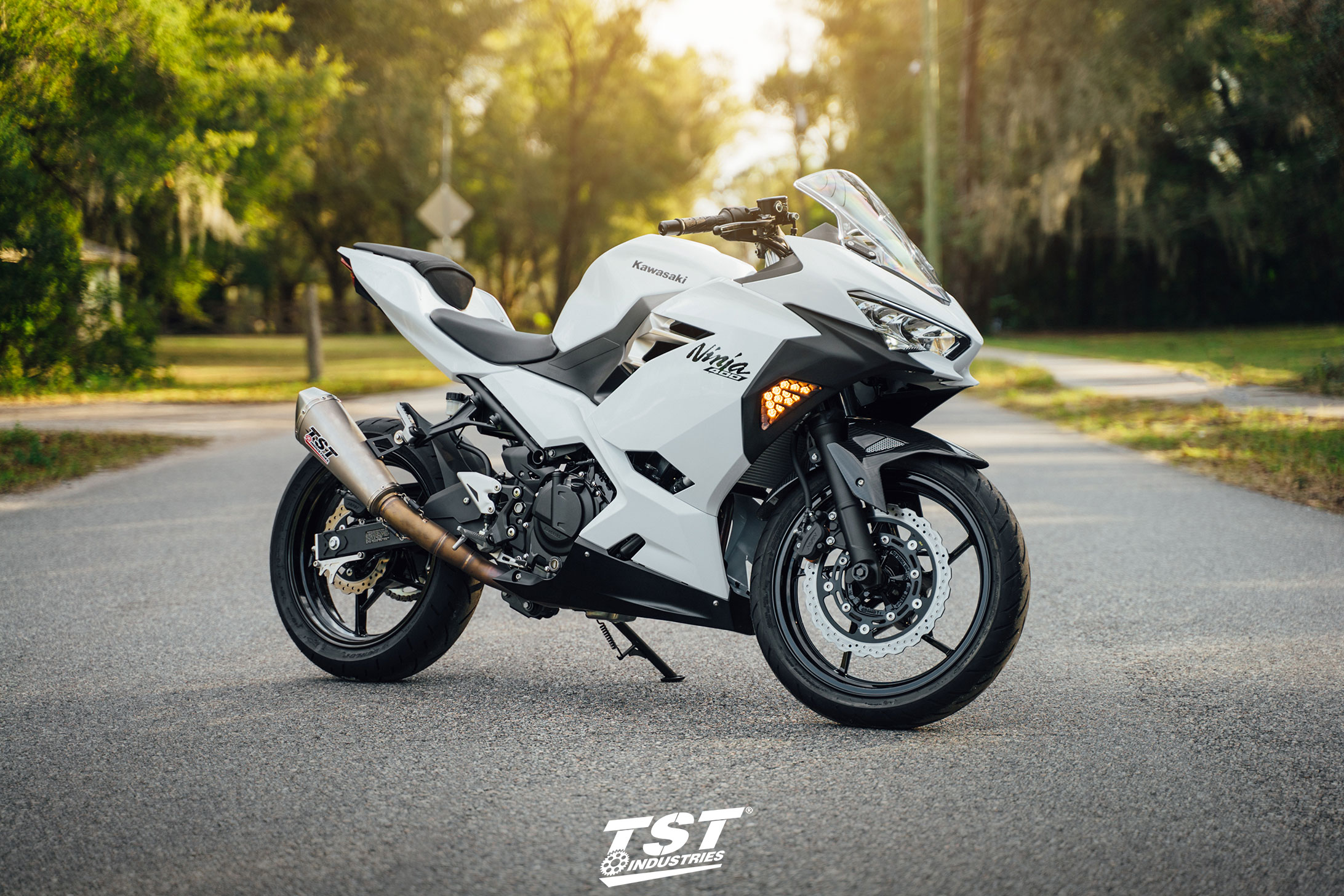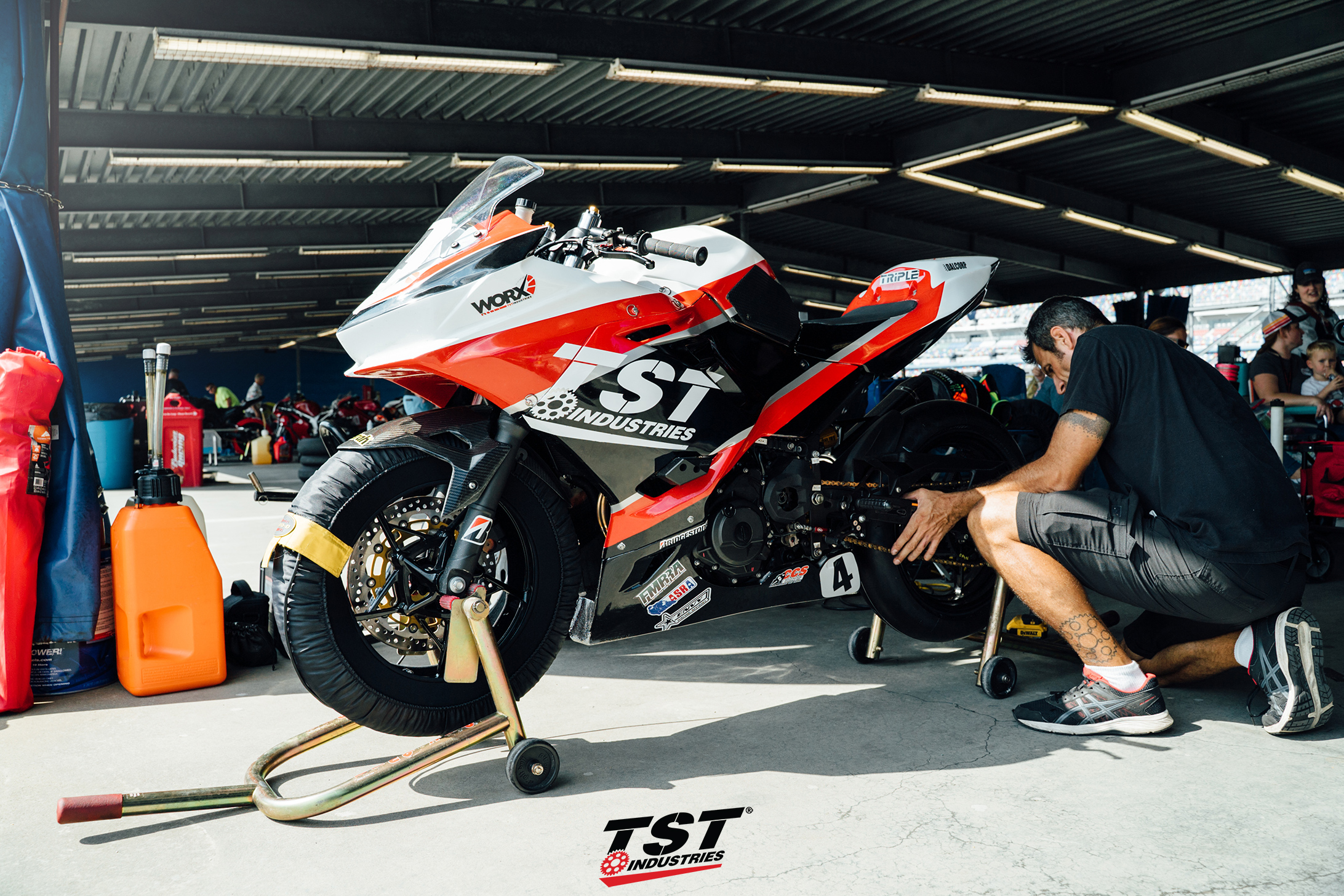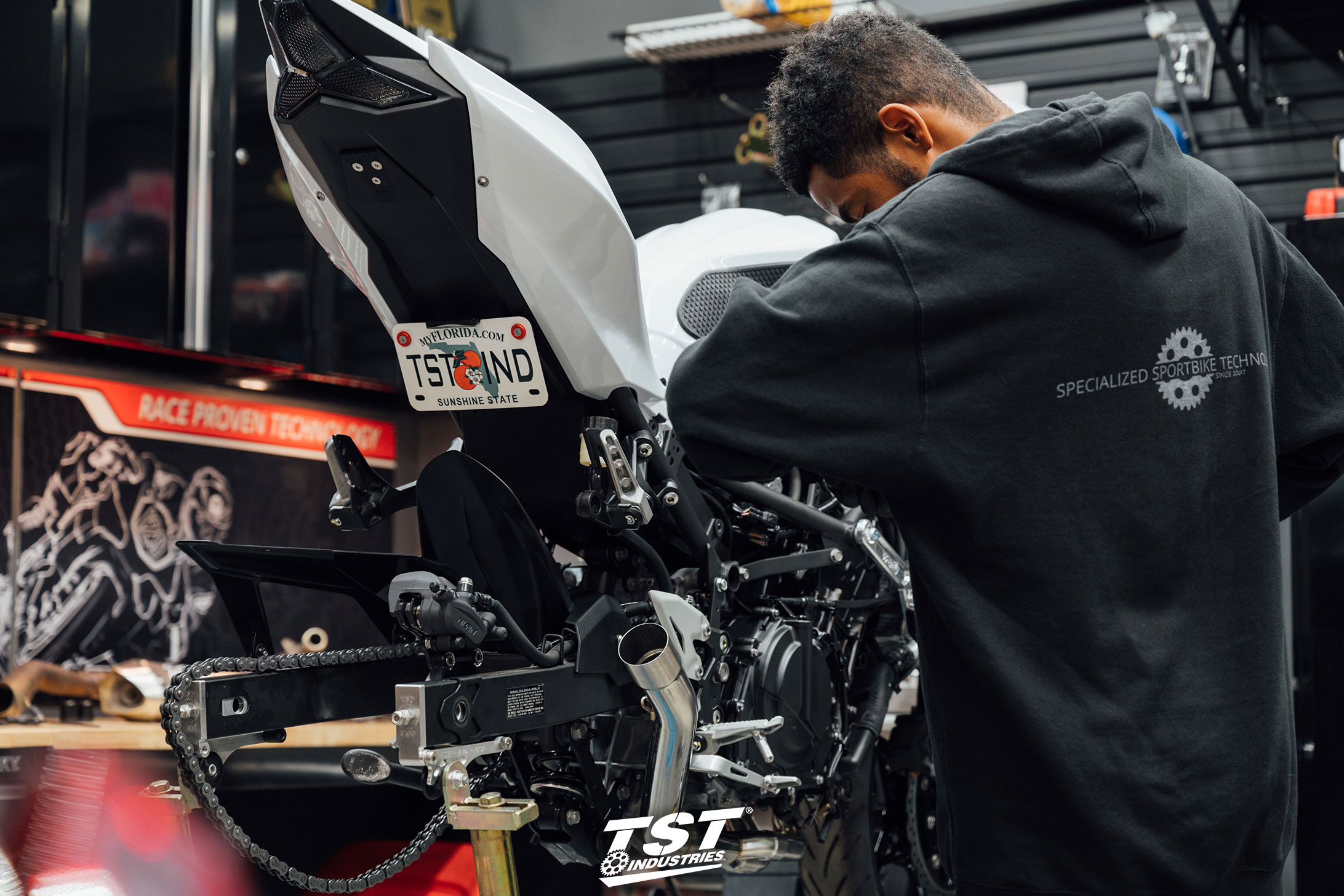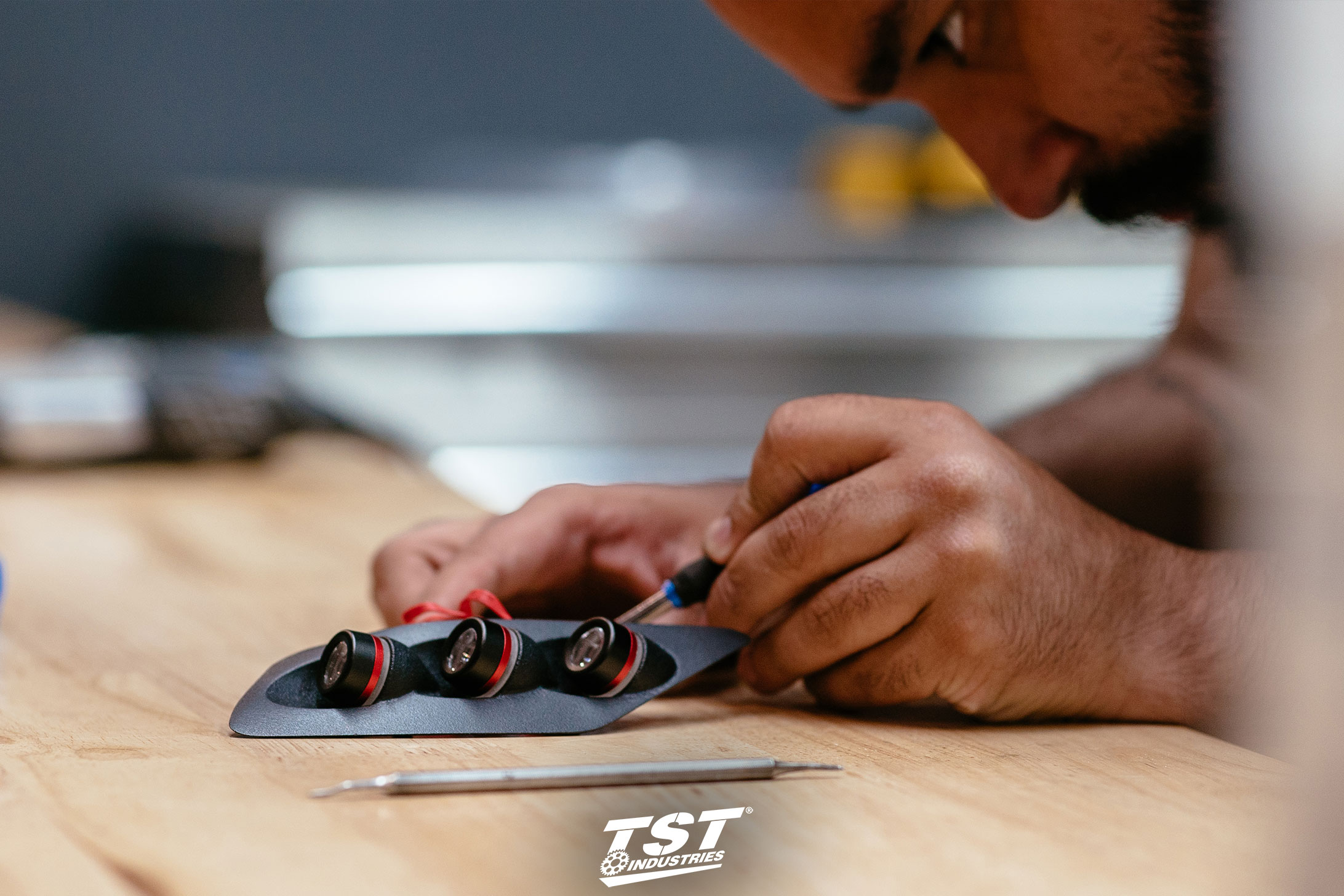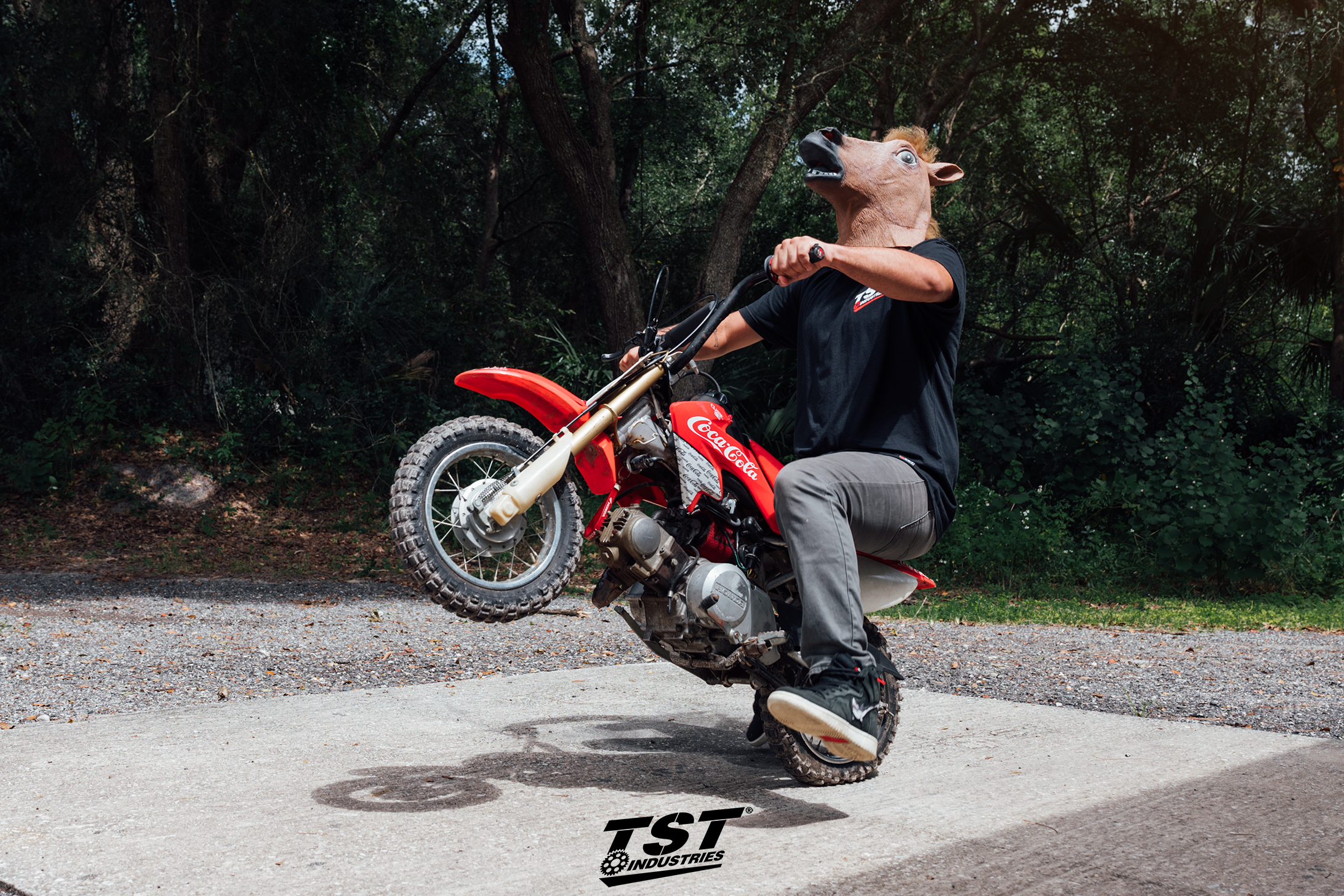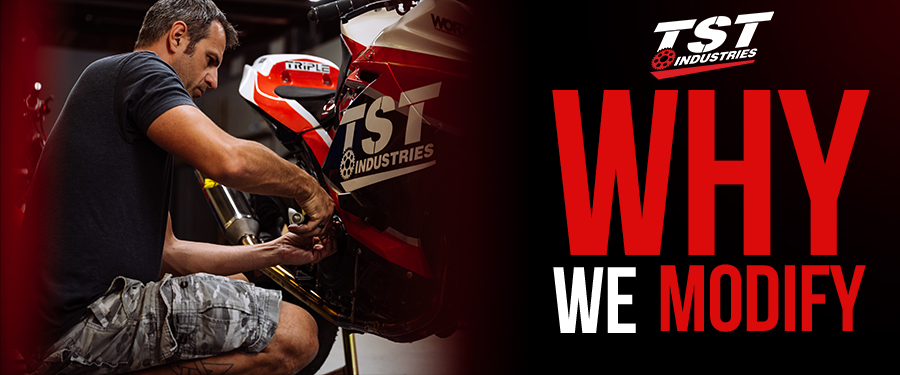
Why Do We Modify Our Motorcycles?
Why do we as motorcyclists constantly modify our rides? It’s a question that I’ve been asked by family members repeatedly because almost every time they ask me what I’m doing on any given weekend, I typically respond with “working on my bike”. They don’t get it, and to their credit, I sort of understand. Since I bought my first motorcycle in 2011, I’ve spent a large amount of my weekends “working on my bike”, be it simple maintenance, installing new parts, customizing the look of it, or troubleshooting some sort of vibration that didn’t use to be there.
My take on why we modify our motorcycles is simple – it’s purpose-driven self-expression. The “purpose” is the job that we need the motorcycle to do, and the “self-expression” is the design preferences that we believe originally missed the mark when the bike rolled out of the factory.
Let’s tackle the “purpose” portion first. Every motorcycle owner bought their bike for a reason. It could be that you wanted to save on gas money and decided to ride two wheels to work every other day, or maybe you’re looking to do some canyon carving with friends on the weekends. Perhaps you’re building a dedicated race bike in hopes of winning a championship, or maybe you just like cruising and getting some fresh air. No matter why you own a motorcycle, modifying it can enhance that purpose dramatically. Even a few select modifications can provide ample benefits.
With a wide-sprawling aftermarket industry offering countless parts, depending on your bike, there are probably enough options to help you enhance your ride and in turn, make you a more confident rider. The modifications that a track rider will make to their Kawasaki Ninja 400 will be much different than those made by someone that rides their Ninja 400 to work every day. The track rider is more likely to focus on performance and weight reduction at the cost of comfort and looks, while the street rider may do performance upgrades as well, but they may not be as drastic and probably won’t come at the cost of comfort or looks. Both bikes started out as stock Ninja 400s, but can become extremely purpose-driven machines after throwing a handful of upgrades and modifications at them, both done to help the bike serve its purpose and inspire confidence in the rider.
The “self-expression” portion of my explanation is simple – bikes are made to appeal to a broad audience and adhere to certain regulatory rules, and those compromises in design are often seen as opportunities for upgrades by aftermarket designers, like us at TST. This can be things like ditching the stock fender, or bulbous turn signals that were only included on the bike because the finance guys at Yamaha wouldn’t allow spending on new signals just for one model, so instead Yamaha ends up using the same outdated signal on far too many bikes. Lucky for us as riders, there’s a wide variety of aftermarket parts available that are aimed at improving the looks of our motorcycles, making it relatively easy to find a style that we like and add some personal customization to our bikes. After all, riders don’t want to be like everyone else, it’s part of why we ride, so customizing our bike to make it different than the next one that rolls off the factory line makes perfect sense. We want to make it look like us – different.
A huge benefit to modifying your motorcycle is that not only are you able to build a machine that inspires confidence every time you throw a leg over it, but by installing parts yourself, you get to know your bike a lot better than you did before. You get to see what’s behind the plastic shiny fairing and gain a better understanding of what makes it so dang fun to ride! It’s a big part of why we at TST go through the effort of producing such detailed installation videos. Besides saving you money by not having to go to a shop and pay someone to install your new parts, we also want to empower our customers to get to know their bike and see that wrenching on it is a great way to not just customize it and show off your personality, but also a great way to gain a better understanding and connection.
With all of this in mind, we know that riders put a lot of thought into an upgrade before pulling the trigger. That’s why we try our hardest to go into great detail on all of our product pages, both in the features and description and especially in the photos. And as previously mentioned, we aim to provide installation videos so that you don’t have to worry when it comes time to bring the tools out. The last thing we want is a rider that wants to improve their motorcycle and gain confidence but doesn’t feel knowledgeable enough to tackle the job.
So next time you’re “working on your bike”, remember that it’s not just frivolous tinkering like some people may think, but rather improving the purpose-driven self-expression that is able to slap the biggest grin on your face with the crack of the throttle, and just so happens to be able to do sick wheelies, too.
 TST Racing
TST Racing
 Blog
Blog
 YouTube
YouTube
 Facebook
Facebook
 Instagram
Instagram
